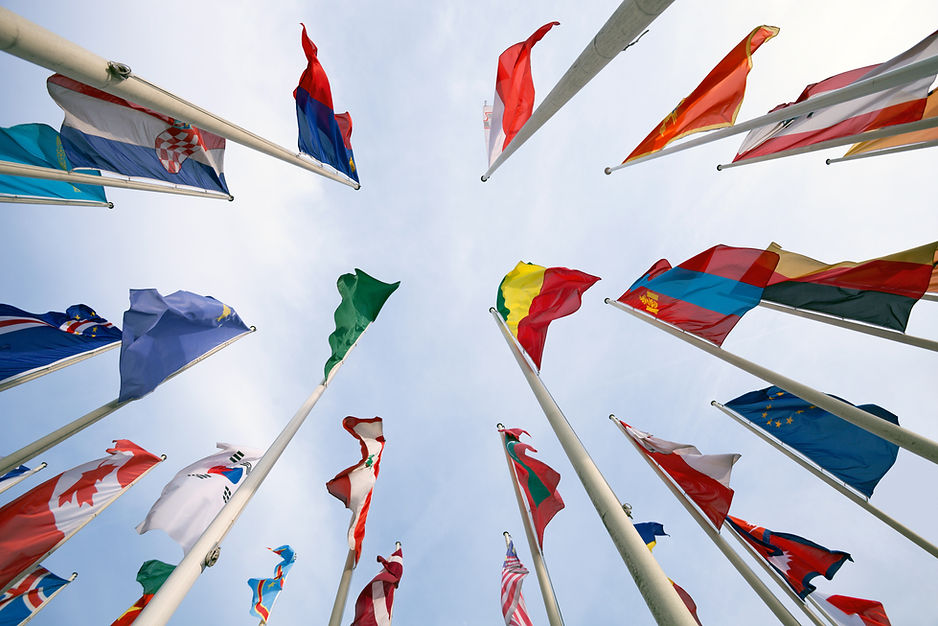
Flag and Facts
Image courtesy of Media From Wix
Significance of the Flag
Venezuela's flag has three colors arranged in rows. From top to bottom, they are: yellow, blue and red. Each color symbolizes something.
Yellow:
The richness of the land
Blue:
The bravery of the country
Red:
The blood shed in the fight for independence

The flag of Venezuela was created by revolutionary leader Francisco de Miranda, who chose the colors yellow, blue and red for the flag. The flag comes from the flag of Gran Colombia and retains many of the elements in the Gran Colombia flag. In the flag, the color yellow signifies the riches of the land. The color blue signifies the braveness of the people and the color red signifies the blood that was shed when Venezuela was trying to gain independence. The flag also has eight stars, seven of which represent the seven provinces of Venezuela that united in war for independence. The eight star was added in 2006 by then president Hugo Chavez, for the purpose of conforming the flag to the design originally outlined by Simon Bolívar in 1827, representing the historic province of Guyana.